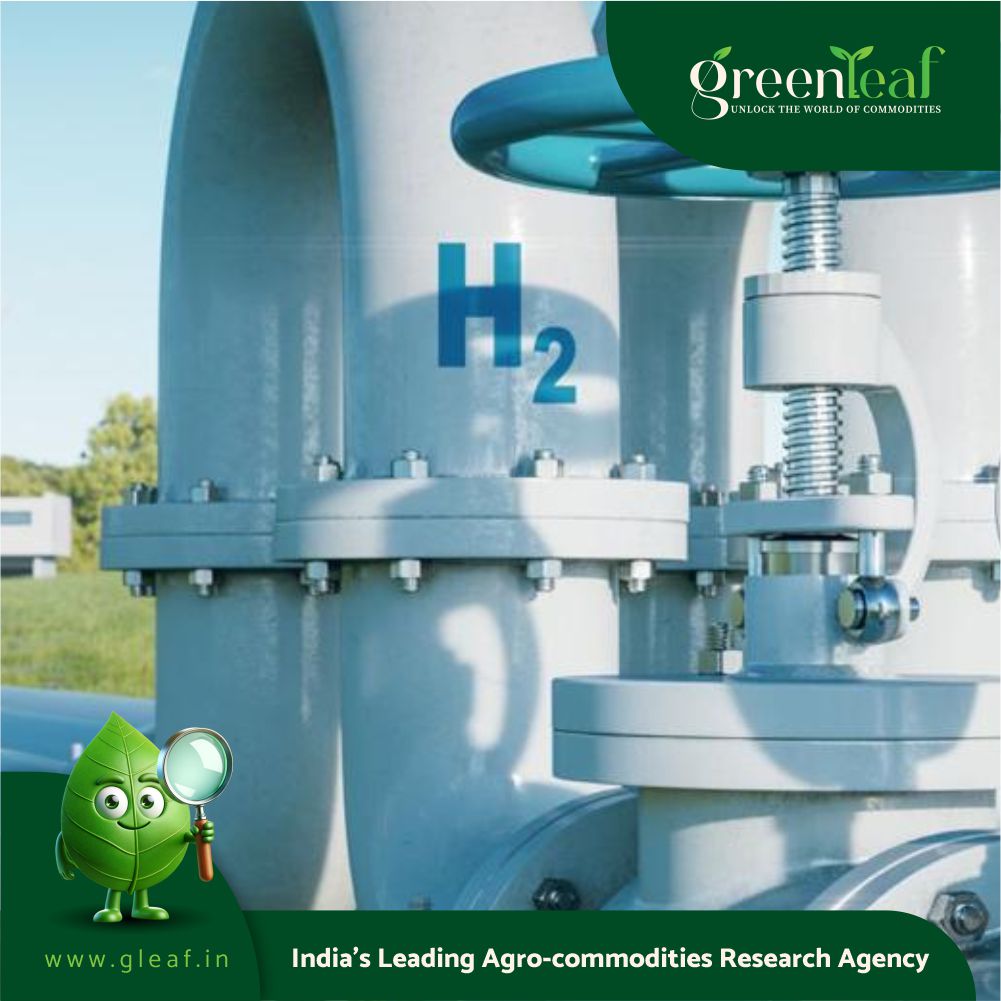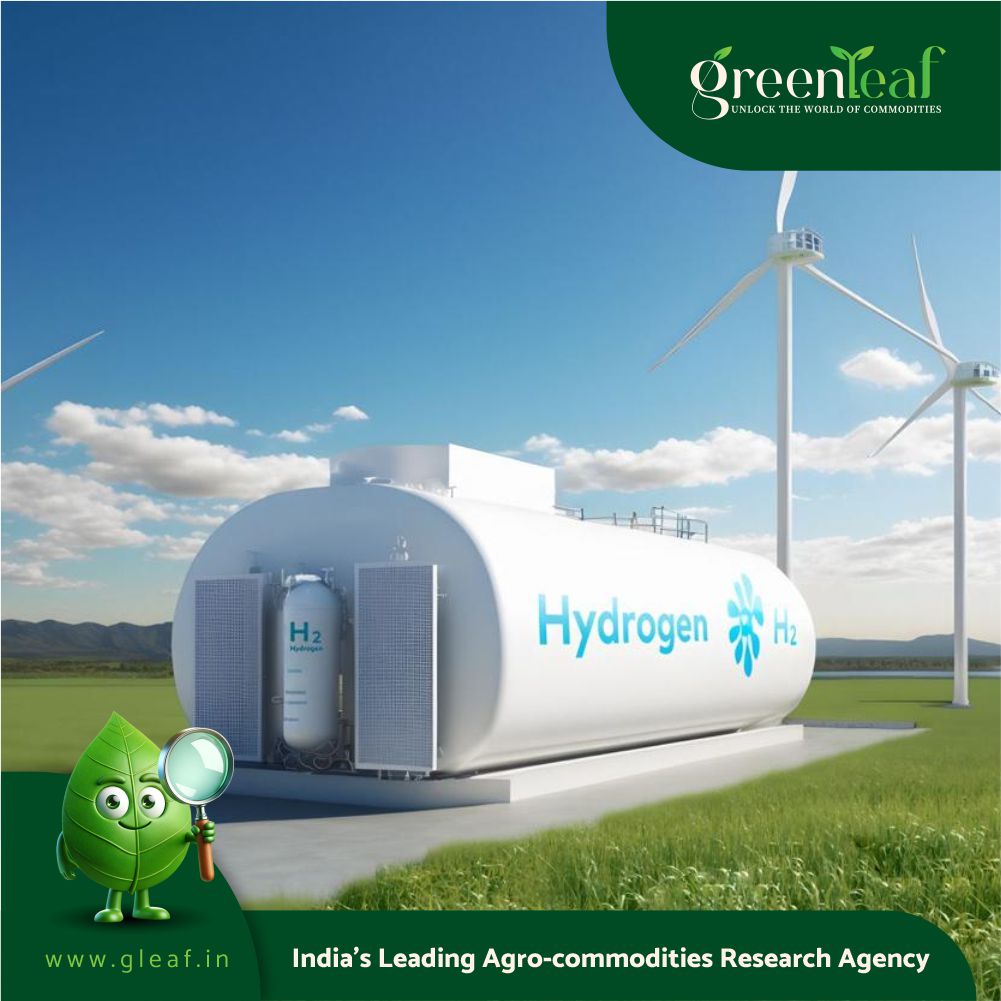China Petroleum & Chemical Corporation announced a new milestone in hydrogen mobility at the High-quality Development Promotion Conference for Modern Industrial Chain of Hydrogen Energy Application held in Nanjing. Three hydrogen-powered logistics vehicles of different models successfully completed a 1,500-kilometer journey from the Qingwei Integrated Energy Station in Qingpu District, Shanghai. The route followed the Yangtze River through five provinces and municipalities—Shanghai, Jiangsu, Anhui, Jiangxi, and Hubei—before arriving at the Zhijiang Service Area South Station in Yichang, Hubei, refueling at six Sinopec hydrogen stations along the way.
This journey marks another milestone for Sinopec, following earlier long-distance, cross-regional hydrogen logistics tests along the Beijing-Shanghai Corridor and the Western Land-Sea Corridor, leveraging Sinopec’s extensive energy station network. To date, the company has launched five intercity hydrogen corridors: Beijing-Tianjin, Chengdu-Chongqing, Shanghai-Jiaxing-Ningbo, Jinan-Qingdao, and Wuhan-Yichang.
To further integrate hydrogen mobility across eastern and western regions, Sinopec has connected the Shanghai-Jiaxing-Ningbo and Wuhan-Yichang intercity corridors through the Yangtze River hydrogen corridor. The company also plans to extend the network to the Chengdu-Chongqing corridor, fully establishing the Yangtze River hydrogen axis and enabling more hydrogen-powered vehicles to travel on highways with confidence.
Sinopec continues to position itself as a leading hydrogen enterprise in China, with an annual hydrogen production capacity of 4.45 million tons. The company operates the nation’s first industrial-scale seawater-to-hydrogen project at Qingdao Refinery and a 100 kW solid oxide electrolysis cell (SOEC) pilot at Zhongyuan Oilfield.















